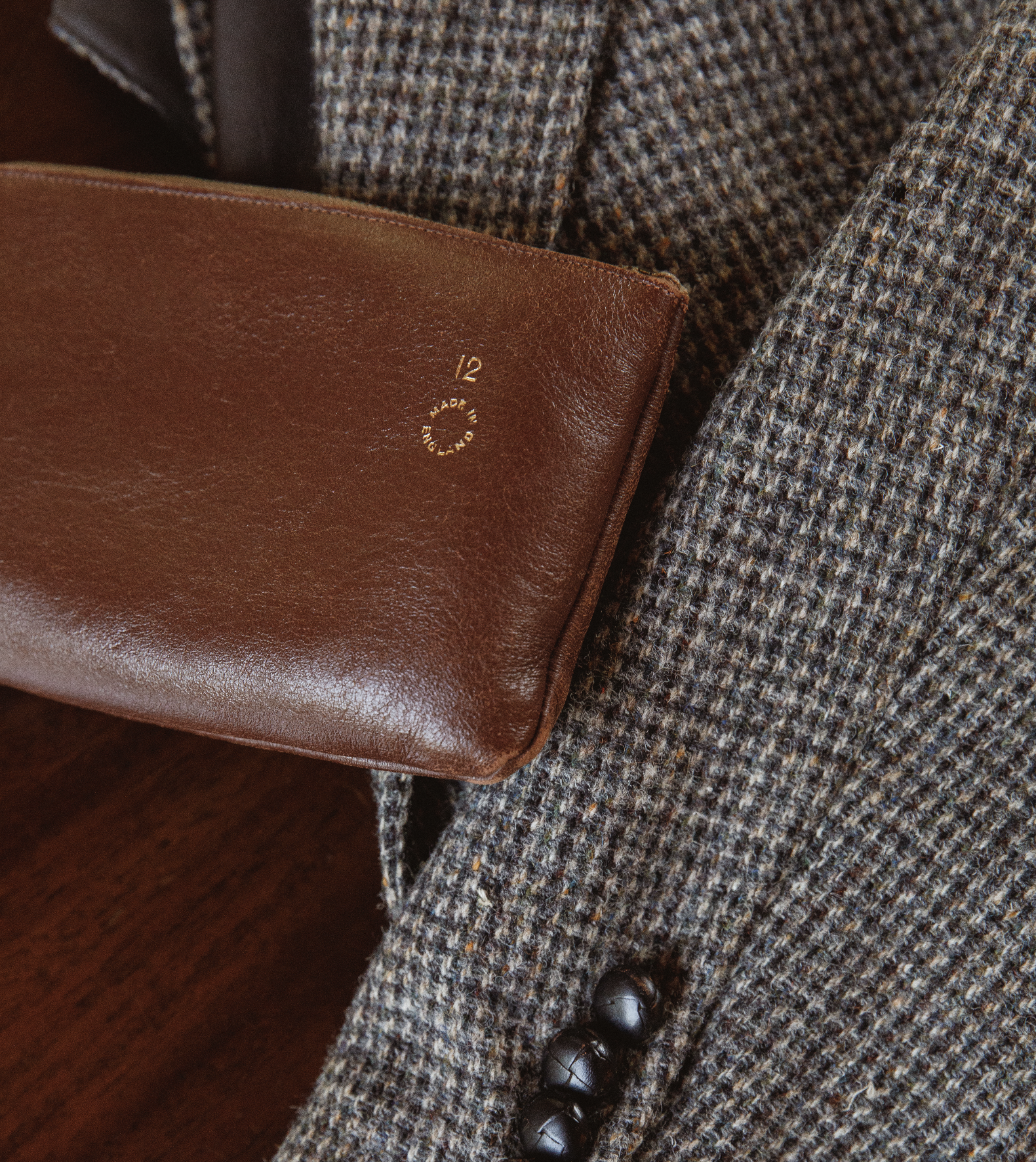How to Begin Secondhand Shopping
There is a quiet sophistication in secondhand shopping that the untrained eye often overlooks. While most have been trained to believe rushing to the new season’s racks is how one will achieve a truly stylish look (in envy of all of your friends/family/co-workers), it’s actually the true arbiters of style who know that the most compelling wardrobes are built not on convenience and preconceived merchandising, but on discovery and a defining sense of self. In the world of secondhand fashion, where pieces are just as much about narrative as they are about tailoring, it can become quite easy to see this is not just clothing, but character.
So, where does one begin? I’ve created a five step guide as a quick crash course for your introduction into the world of secondhand shopping.
1. Shift Your Mindset
Secondhand shopping is not about settling, it’s about choosing. For too long, the stigma has been that secondhand is what you buy when you don’t have other options. In reality, it is the most intentional option of all. Choosing vintage or contemporary resale means choosing how you spend your money, your personal style, and craftsmanship over mass production. A considered vintage coat or a contemporary resale designer dress is smart, proven, and enduring. These garments have survived seasons, trends, even decades, and they’ve emerged as excellent options in a fleeting industry. To shop secondhand is to showcase the value permanence, artistry, and individuality.
2. Define Your Intention
Do you want a closet infused with mid-century tailoring, silk blouses that whisper old money, or a rotation of contemporary luxury at a fraction of retail? A clear vision narrows your search and refines your eye. Without intention, secondhand can feel like chaos. With it, welcome to curated magic. Also, the temptation to scoop up every “deal” is real, but restraint is the mark of a sophisticated dresser. Think in terms of longevity: Will this piece still excite you in five years? Does it elevate your wardrobe, or simply add volume? Each item should feel intentional, personal, and thoughtfully chosen. Well-made, enduring pieces aren’t reserved for the few; they are available to anyone willing to look, select with care, and invest in the quality and story behind what they wear.
3. Learn Your Eras
In vintage, silhouette and detail are everything. The structured power blazers of the ’80s carry a very different energy than the fluid, wide-lapelled tailoring of the ’70s. The sleek shift dresses of the ’60s contrast beautifully with the stark minimalism of the ’90s. Every decade has its signatures and subtle nuances that reveal not only the design of the time but also the cultural mood behind it. Begin to train your eye to recognize these key indicators: the fabrics, the cuts, the buttons, the hemlines. As you do, notice which eras resonate with you most. What feels aligned with your personal style? Which details elevate your existing wardrobe? The magic of secondhand is in weaving history into your present and choosing the elements of each decade that truly complement you as an individual.
4. Quality Above All
Luxury is revealed not just in a name, but in the subtle mastery of construction and the quality of materials. Run your hands across fabrics. Feel the weight of a wool sweater, the supple grain of a leather jacket, the crisp density of denim. Examine stitching, closures, linings, and the way a garment holds its shape. A finely tailored blazer, a well-constructed leather jacket, or a vintage pair of Levi’s with impeccable stitching is built to serve through the decades. Look beyond labels and focus on craftsmanship paired with lasting fabrics: a silk with a quiet, luminous sheen, a cashmere that retains its loft, a wool coat that has you questioning, if it has ever even been worn. These are the details that transform shopping into a defining moment to select a piece that will not only last, but be honored for its quality.
5.Explore Varied Sources
From luxury resale boutiques to iconic flea markets and curated online auctions, each shopping space carries its own rhythm and energy. Estate and yard sales invite you to connect with clothing on a very personal level, offering the thrill of discovery and the chance to unearth pieces with history. Flea markets reward patience and a keen eye, while chain thrift stores offer variety and affordability, perfect for experimenting with trends or filling in wardrobe staples. Boutiques and curated online platforms provide intentionality and reward research, relationships, and even personalized sourcing, allowing you to invest in pieces that truly speak to your style and the life you’re building. Remember: a thoughtfully sourced wardrobe rarely comes from a single shop. It is collected across spaces, moments, and stories, each garment contributing to the cyclical movement of fashion you participate in through donating, selling, or passing along pieces of your own.
You’ve got this.
The wardrobe you envision is within reach, the pieces exist, it’s just about spotting them, understanding their value, and seizing the right buys. Exceptional items don’t always come with a luxury price tag, and with patience and discernment, you can find garments that elevate your style, complement your existing pieces, and will last for years. Whether it’s a perfectly tailored blazer, a classic leather jacket, or a designer bag, knowing what to look for allows you to build a curated, sophisticated wardrobe without compromise. The market is abundant; it’s your eye, your timing, and your sense of style that turn available pieces into lasting treasures.
Jessica Conrad Walsh
Founder, Conrad Campbell

